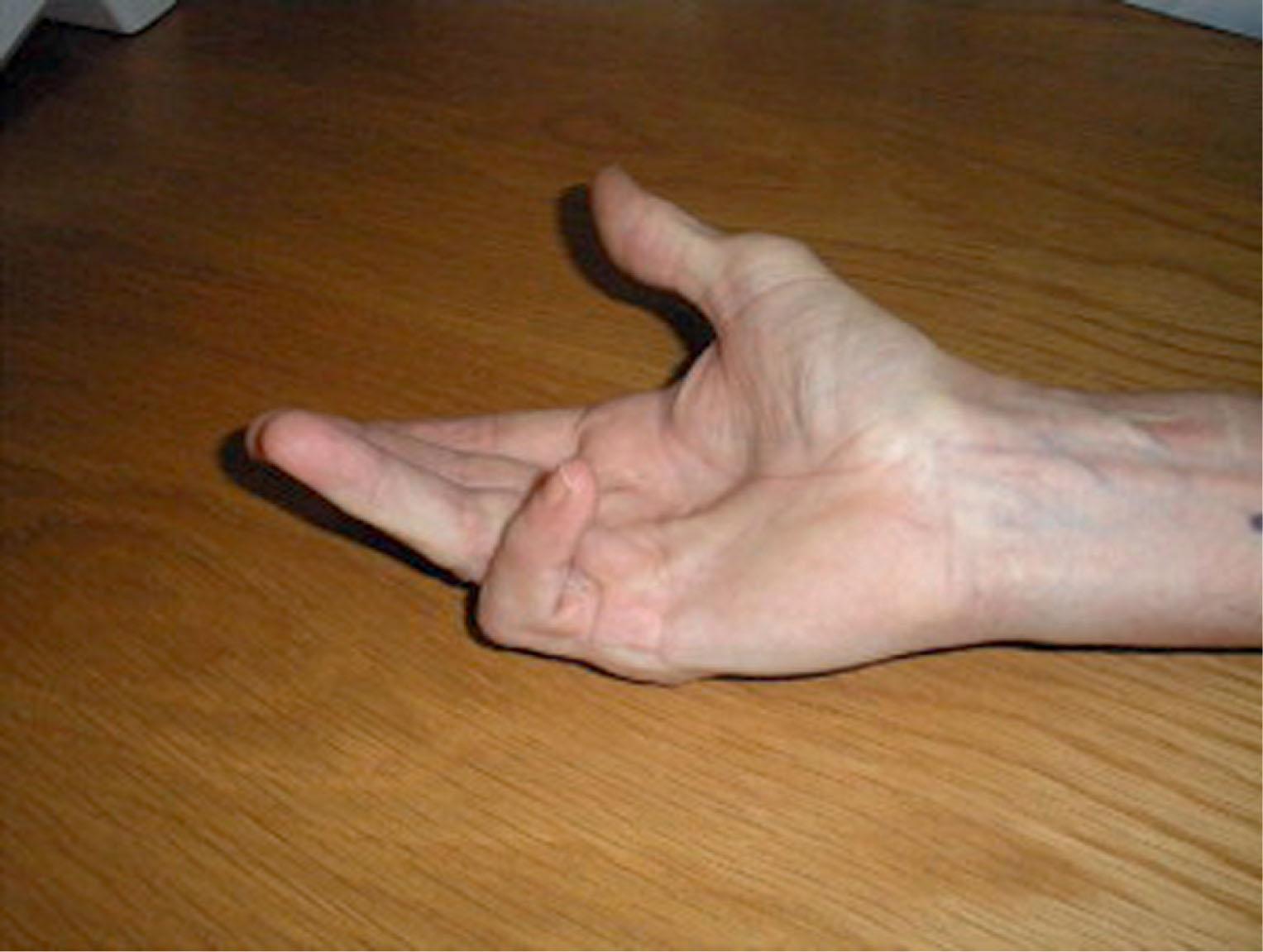Physical Address
304 North Cardinal St.
Dorchester Center, MA 02124
Learn the common causes of hand pain.
Learn the common causes of hand deformity.
Develop an understanding of the unique anatomy of the palmar fascia.
Develop an understanding of the differential diagnosis of Dupuytren contracture.
Learn to identify the underlying diseases associated with Dupuytren contracture.
Learn the clinical presentation of Dupuytren contracture.
Learn how to examine the hand to identify Dupuytren contracture.
Learn how to use physical examination to identify Dupuytren contracture.
Develop an understanding of the treatment options for Dupuytren contracture.

“You know, Doctor, my dad and older brother had this same thing,” said The Captain . Everybody in my office called him The Captain . He had that command presence vibe: all seriousness and business. “I thought I might not get it, but just about the time I turned 60, I started getting these calluses on my palm. They hurt when I try to grab anything with my hand. I guess I didn’t dodge the bullet. Like father, like son.” Birger Jakobsen was a long-standing patient of the practice. He is a 64-year-old sea captain with the chief complaint of “I can’t put on my gloves because my fingers won’t straighten out.” The Captain stated that over the last year, the calluses had turned into “bands that were tight as a hawser,” and now he found it harder and harder to straighten out his fingers. He noted that as the fingers got more bent, the pain seemed to gradually get better. He noted that the pain was worse at night after a full day at work. He tried using a heating pad and Extra-Strength Tylenol without much success. The Captain noted, “Doctor, I worry that my hand could cause one of my crew to get hurt because my hand just doesn’t work like it should. I really can’t hold a fire extinguisher, and a fire at sea is my biggest fear.” I could see that The Captain was really worried, and I tried to reassure him that we had some new treatments that weren’t around when his dad was struggling with it.
The Captain denied any antecedent hand trauma. I asked what made the pain better, and he said, “Nothing really helps, but it’s not about the pain.” It was about his hand deformity. I asked Birger what made his pain worse, and he said, “Any time I have to use my hand. Like just about everything to do with my job!” Birger denied fever and chills, but reminded me that his “blood pressure was up and I take that blood pressure pill every day. So, Doctor, I am only The Captain to my crew, please just call me Birger. I was named after my grandpa, a real tough cookie, a proud Dane. I don’t think I ever saw him smile.” I smiled and said, “Okay, Birger it is. Let’s take a look at that hand.”
On physical examination, Birger was afebrile. His respirations were 18, and his pulse was 74 and regular. He was normotensive with a blood pressure of 126/74. His head, eyes, ears, nose, throat (HEENT) exam was normal, as was his cardiopulmonary examination. His thyroid was normal. His abdominal examination revealed no abnormal mass or organomegaly. There was no costovertebral angle (CVA) tenderness or peripheral edema. Birger’s low back examination was unremarkable. Visual inspection of the right hand revealed findings with the later stages of Dupuytren contracture. He had the classic findings of Dupuytren: the dense, scarlike palmar contracture with a severe contraction of the little finger ( Fig. 12.1 ). There was no rubor or color of the right hand, but there was diffuse tenderness to deep palpation of the fibrous cords. Range of motion of the right hand was limited, and his little finger was completely ankylosed. The left hand examination was normal, as was examination of his other major joints. A careful neurologic examination of the upper extremities revealed there was no evidence of peripheral or entrapment neuropathy, and the deep tendon reflexes were normal.

History of gradual onset of right hand pain and associated deformity
Strong family history of similar right hand pain and deformity
Patient of Danish descent
History of gradual increase in deformity of the right hand
History of gradual decrease in pain as the deformity worsened
Inability to don gloves
History of hypertension
No history of previous significant hand pain
No fever or chills
Exacerbation of pain with hand use
Increasing inability to carry out activities of daily living due to severe limitation of hand range of motion
Patient is afebrile
Fibrous scar palmar contractures are present (see Fig. 12.1 )
Significant flexion contraction of the little finger on the right (see Fig. 12.1 )
No evidence of infection
Pain on range of motion of the fingers of the right hand
Extremely limited ability to fully extend the fingers of the right hand
Become a Clinical Tree membership for Full access and enjoy Unlimited articles
If you are a member. Log in here